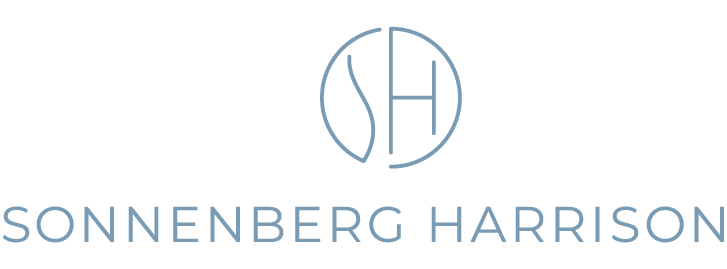In computer science and informatics objections, it’s been very common in the past few years for patent applications to be initially rejected on the grounds, that the invention is only an “abstract idea” and therefore ineligible for a patent.
The US PTO issued patent eligibility guidelines 18 months ago in an attempt to clarify the application process and provide more consistency in decisions. According to a report by the US PTO’s Chief Economist, this clarity has led to a large drop in the number of initial rejections and much more uncertainty about patent eligibility. Before the guidelines were issued, the number of initial (first office action) rejections was running at around 30-25%. Since 2019 the number of initial rejections on the grounds that the invention merely claimed an “abstract idea” has plunged to under 20%.
This does not of course mean that all of the patent applications will, in fact, be granted. Any patent application must still meet the test of being a non-abstract idea and also the “usual” tests that the invention is novel (new) and non-obvious (i.e. has an inventive step, in European terms). These hurdles, together with the requirement that the invention be fully explained in the patent document, will always be a challenge that the patent application needs to overcome. However, the Chief Economist’s report shows that the hurdle for deciding whether an abstract idea or a real invention is the subject of the patent application has become more consistent.




